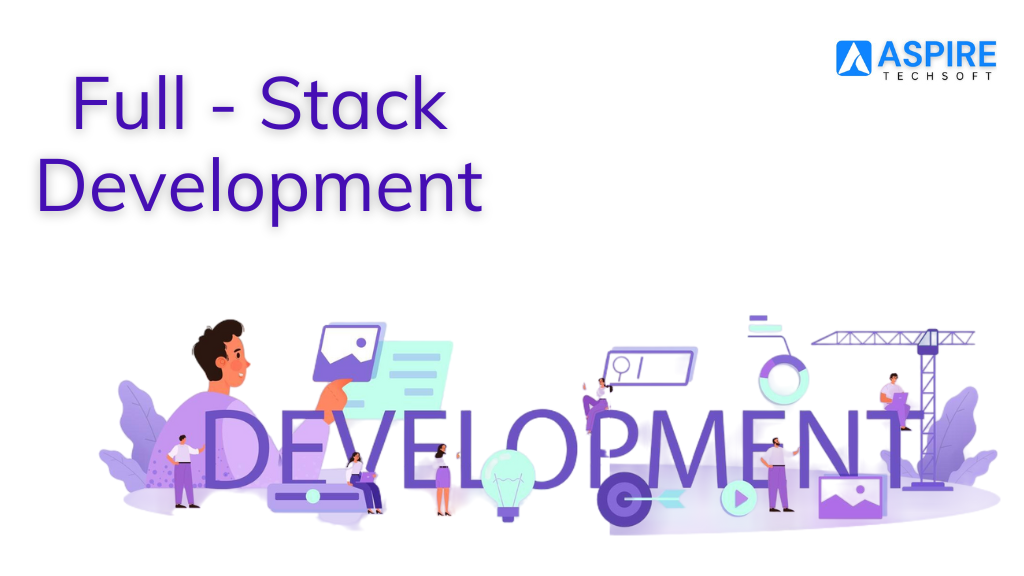The Essential Guide to Full Stack Development: Balancing Front and Back End

Introduction:
In the world of software development, the terms "front end" and "back end" are used to describe different aspects of an application's architecture, with the front end focusing on user interface and user experience, and the back end handling server-side logic and database integration. Recently, the concept of "full stack development" has gained prominence, referring to the ability to handle both front-end and back-end development seamlessly. Full-stack developers are increasingly vital in today’s tech-driven world due to their versatility and proficiency across both areas. Mastering full-stack development requires not only technical skills but also a deep understanding of how to effectively balance front-end and back-end technologies to create robust, user-friendly applications. This blog post will explore the key aspects of full stack development and discuss strategies for achieving a harmonious balance between front-end and back-end development.
Recognizing Backend and Frontend Development:
It's critical to comprehend the distinctions between frontend and backend development before delving into the subtleties of full-stack development.
Frontend development is the process of developing the user-interactive, visible portions of a website or application. This comprises the user interface (UI) components that improve the user experience (UX), as well as the layout and design. Frontend frameworks and libraries like React, Angular, and Vue.js, as well as HTML, CSS, and JavaScript, are often used technologies in frontend development.
Backend development pertains to the server-side logic and database interactions that facilitate the front end's correct operation. It entails programming code for server management, authentication, database queries, and business logic. Programming languages including Python, Node.js, and Java, as well as frameworks like Django, Express.js, and Spring Boot.
A Full Stack Developer's Role
A person who is skilled in both frontend and backend technologies is known as a full-stack developer. They can move between frontend and backend development activities with ease and have a thorough understanding of how various components interact inside a web application. Full-stack developers may approach application development holistically thanks to this versatility, which covers everything from initial concept and design to deployment and maintenance. Managing Front-end and Back-end Tasks Equitablely :
Being a successful full-stack developer requires striking a balance between front-end and back-end development. Here are some tips to help you become an expert in this field:
1. Establish Firm Foundations: Gain a thorough grasp of both front-end and back-end technologies. Learning the common languages, frameworks, and tools in each field falls under this category.
2. Put Design Patterns into Practice: Become knowledgeable about design patterns and best practices for the front end (MVVM, MVC, etc.) and back end (RESTful APIs, MVC, etc.). You will be able to develop cleaner, more maintainable code if you are aware of these patterns.
3. Collaborate Efficiently: Full-stack development requires effective communication and teamwork. To guarantee a smooth integration between frontend and backend components, collaborate closely with designers, UX/UI specialists, and backend engineers.
4. Remain Current: Since technology is always changing, it's important to keep up with the newest developments in front-end and back-end programming. Attend conferences, engage in virtual networks, and never stop learning new things.
5. Performance and Security: Pay close attention to frontend and backend development best practices for both security and performance improvement. This guarantees that your apps are safe from possible attacks in addition to being quick and responsive.
Full Stack Development's Advantages:
Let's take a step back and examine the significance of full stack development before getting into the specifics. A full stack developer can help your team in the following ways: -
- Promote better teamwork
- Boost productivity and efficiency
- Improve the overall program quality -
- Lower the likelihood of errors and defects
The Full Stack Development Challenges
Although full stack development has numerous advantages, there are drawbacks as well.
Handling the learning curve: Learning both front-end and back-end technologies can be overwhelming, and full stack development calls for a broad skill set.
Balancing priorities: To achieve deadlines, full-stack developers must efficiently manage their time and prioritize their work.
Debugging and troubleshooting: When dealing with complicated systems, it might be difficult to find and solve issues.
Optimal Methods for Complete Stack Development
- How therefore can one become an expert in full-stack development? To help you get started, consider these recommended practices:
- Begin with the principles: Make sure you grasp server-side programming languages like Python, Ruby, or JavaScript, as well as HTML, CSS, and JavaScript.
- Acquire knowledge by doing: Create tasks that force you to overcome obstacles and step outside of your comfort zone.
- Remain current: Follow the most recent developments in front-end and back-end technology.
- Exercise debugging and testing: Acquire the skills necessary to efficiently write, integrate, and debug your code.
Conclusion:
Full stack development is a valuable skill set that can elevate your career by combining technical expertise with creativity and a holistic approach to application development. By understanding the benefits, challenges, and best practices, you can master the art of full-stack development and build applications that are fast, scalable, and maintainable. Balancing frontend and backend responsibilities effectively allows you to create robust, user-friendly applications that meet the needs of modern users and businesses alike. Whether you're just starting or looking to enhance your skills, remember that continuous learning and practice are key to success in this dynamic and rewarding field. Stay curious, keep learning, and always be open to new challenges and opportunities.
Are you ready to start your career in full-stack development? Discover endless opportunities in Pune, a vibrant tech hub where innovation meets career growth. Master both frontend and backend skills to build fast, scalable, and user-friendly applications. Dive into a world of creativity and technical expertise and set yourself up for success in the dynamic field of full-stack development. Explore the full stack development training in Pune and start your journey today! Embrace the challenge, stay curious, and let your career soar in Pune’s thriving tech industry!
Get More Information